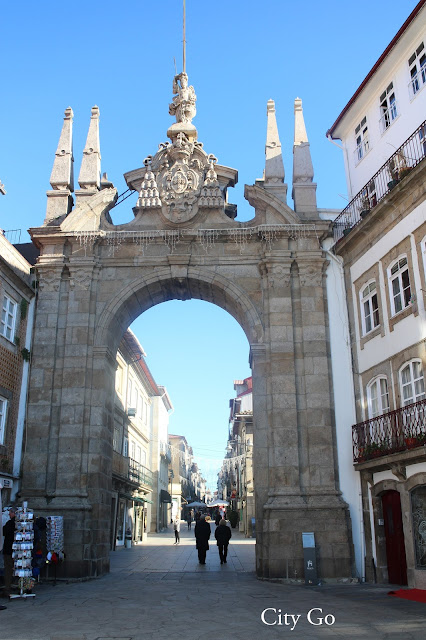The collection originated during the French Revolution, when many works of art were seized by the occupant, especially from religious institutions. The museum was founded in 1801 by Napoleon Bonapart but it was only in 1830, with the independence of Belgium that it became a bigger institution. The remarkable collection of Old Masters covers a period running from the 15th to the 18th centuries, including Roger van der Weyden, Petrus Christus, Dirk Bouts, Hans Memling, Hieronymus Bosch, Lucas Cranach, Pieter Bruegel the Elder, Paul Rubens, Anthony van Dyck, Jack Jordaens, Phillippe de Champaigne, Le Lorrain, Jusepe de Ribera. Opening hours: Tue. to Fri. 10 a.m. to 5 p.m.; weekends 11 a.m. to 6 p.m. Entrance fee: €8 How to go: Central Station or Parc metro stations.







